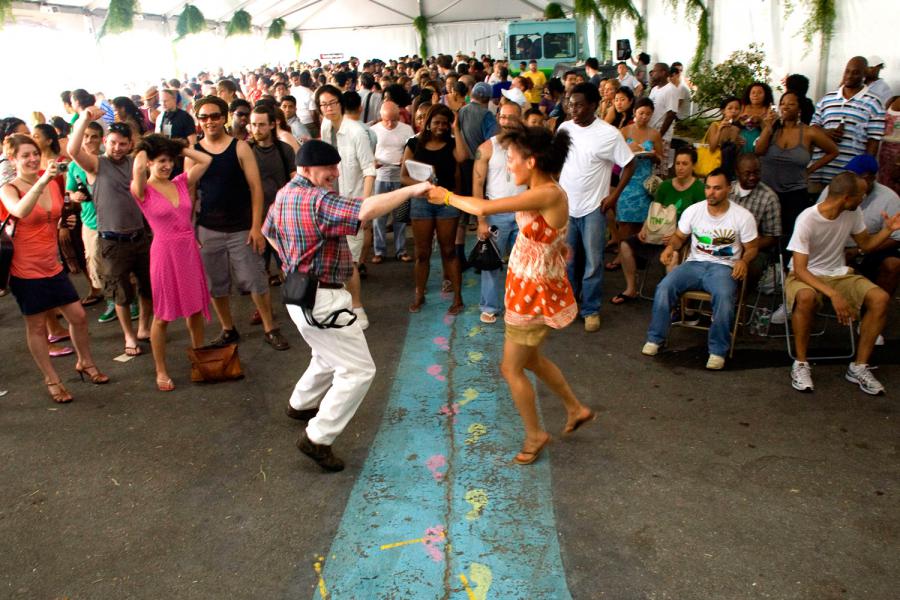“Why do you like blacks?” a relative asked me.
I was in elementary school at the time. I didn’t realize that the students that I had crushes on were from a different race than I mine. The question didn’t bother me, though. The fact was I just liked whomever I liked, and that was that.
I started dating shortly after middle school. My first boyfriend was black; he was smart and a stellar athlete. We even took advanced and gifted classes together. Now, I’m not sure if the tone was joking or not, but after learning that I was dating him, the same relative asked me a question that changed my perception of race and interracial dating.
“You’re going to marry a Filipino or white guy, right?”
I was confused. Was my relationship a disgrace? Was it not good enough? Why was I being shamed for something that was making me happy? I questioned my feelings and emotions toward this guy, and others thereafter. Subconsciously, I only allowed myself to be interested in boys who were Filipino or white. Whenever I had feelings for a black classmate of mine, and things didn’t work out, I blamed it on the fact that our races didn’t mix. I had conditioned myself into believing that people from our two races weren’t supposed to be together.
Cultural expectations
In the Fil-Am community, there seems to be a common understanding that Pilipinos are not to marry outside of their race (or ethnicity for that matter), unless of course, it’s to a white partner. Was this the reality of a Fil-Am household in so-called “post-racist” America? I was positive that one could love someone, regardless of his or her race, gender, sexual orientation and faith. So how could my own family, who had raised me to be an open and accepting individual, have an exception when it came to dating someone who was black?
While racism and hate crimes affect Fil-Ams and Pilipinos in the US, I wonder if we are even aware of the racist stereotypes that our own culture has adopted. With an issue such as interracial dating, we are able to see just how family expectations continue to create generational gaps within the Fil-Am community.
For example, the act of marrying within one’s own race or ethnicity is simply part of the norm. To our elders, it may ensure that we’re preserving our family traditions, ideals and faith.
In addition, dating or marrying a white person is also culturally acceptable. This stems from the Philippines’ history of colonization. Throughout Asia, if a young lady finds a partner from a Western country, she may instantly be considered successful and wealthy. Furthermore, Asian cultures yearn to have light skin, as some people resort to using whitening creams and bleaches. Sadly, the Filipino culture, isn’t any different.
Race relations in America
But what about the fact that we are in America? Anti-miscegenation laws were recognized as unconstitutional in 1967 with the Supreme Court’s ruling in Loving v. Virginia. Our country then saw a rise in interracial marriages. According to the 2010 Census, the number of interracial marriages continues to grow, thus making our nation increasingly multiracial.
Today, however, interracial relationships are still seen as taboo. Recently, Cheerios released a commercial that showcased an interracial couple and their biracial daughter. Unfortunately, Cheerios received some negative attacks. Inspired by the commercial, Michael Murphy and Alyson West, a couple from Atlanta, released a crowd-sourced blog, which celebrates interracial American families.
Our relatives have moved from the Philippines to the US, and the same types of traditional values and expectations historically embedded in our culture continue to exist within some Fil-Am families. While younger generations of Fil-Ams may be accepting of interracial dating and relationships, some older generations are not. It is up to us to help our families understand that we are truly part of diverse country, comprised of individuals who accept others. America is in fact a melting pot. We shouldn’t be afraid to continue mixing that pot and embrace love for what it is.
Photo credit: Loving Day

